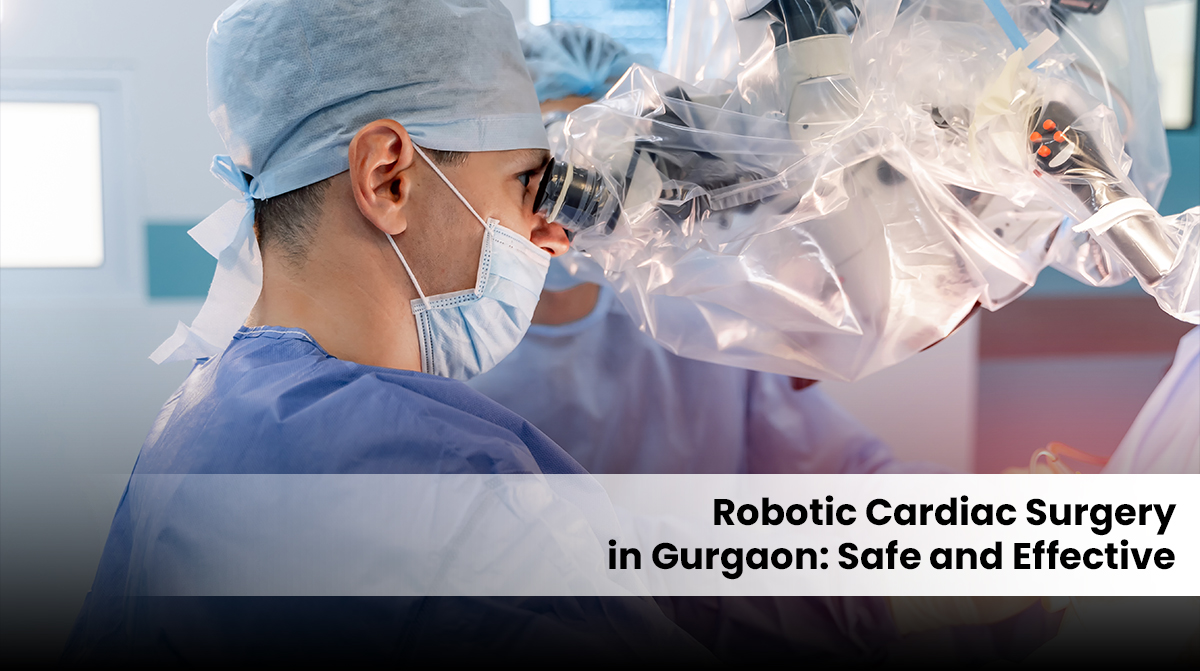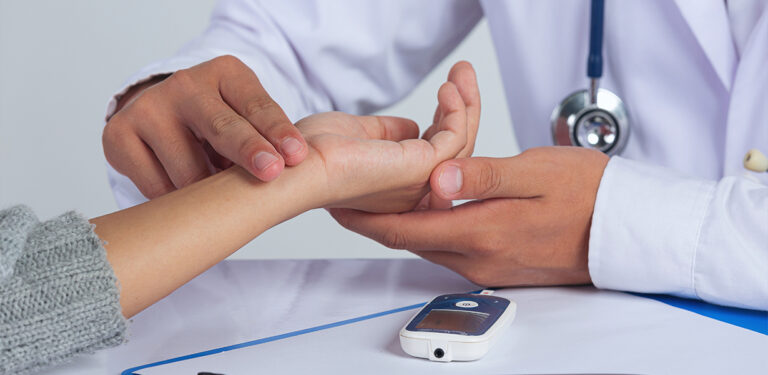
Over the years and centuries, open-heart surgery, though it has been life-saving, has caused much physical trauma and long durations of healing. There was a prolonged hospital stay and a long recovery period before returning to normal. The world of medical technology is, however, a rapidly growing industry that is exploring non-invasive ways of treating diseases.
Nevertheless, the ever-increasing attempts to find the best results in patients have contributed to the development of several types of surgical practices. Additionally, this is changing the face of heart healthcare, as patients now have some hope that was previously out of reach due to robotic cardiac surgery. Therefore, such evolution is well illustrated by the emergence of new means that help to ease the stress on the heart.
Exploring the Top Benefits of Robotic Heart Surgery for Patients
It is one of the latest and significant innovations in treating heart problems, offering many benefits compared to open-heart surgery. The robotic surgery in cardiac surgery translates into a less invasive experience compared to procedures with similar or even better efficacy.
- Reduced Pain and Discomfort: The most important advantage of robotic heart surgery is the conspicuous decrease in post-surgical pain. Robotic procedures are also associated with small cuts that resemble big cuts, as opposed to large incisions along the sternum and separation of the breastbone that is intrinsic in open-heart surgery. This guarantees less gruesome tears of muscle and bone, which translates into less tissue damage and hence exponentially less pain during the recovery period. Prevention of sternotomy or opening the breastbone is especially important. Moreover, the process of recovering after a sternotomy could be painful and limiting. All especially since it might involve intensive pain medication and the inability of the patient to move around or pick up heavy objects for a very long time.
- Shorter Hospital Stays: The fact that robotic heart surgery is minimally invasive means that the patients have considerably reduced hospital stays. People recover faster during the first few days after the surgery because the body is not subjected to such trauma, and there is less surgical disruption to heal. This faster healing rate translates to the fact that patients can get home far earlier than they could otherwise in the case of an open-heart surgery. A quicker recovery time in the hospital not only provides immediate comfort for the patient, allowing them to recover in their own comfort zone, but also saves a significant amount of money in terms of general healthcare expenses.
- Faster Recovery and Return to Daily Activities: Other than a reduced time spent in the hospital, a robotic heart surgery would result in a significantly reduced time before a patient fully recovers and can resume their daily routine. The smaller cut size and the fact that fewer tissues were moved around imply that the body no longer requires a lot of energy to heal large wounds, resulting in patients enjoying the ability to regain strength and movement at a faster rate. Moreover, there is the ability to return people to light activities within weeks, as compared to months, which is more typical with conventional surgery. Such a quicker recovery is a good advantage for patients, as they can return to work and their responsibilities.
- Reduced Risk of Complications: The precision and nature of robotic heart surgery also lead to reduced risk of some of the common surgical complications. However, smaller incisions significantly reduce the risk of infection in the wound compared to large open wounds. Moreover, the robotic system can bring even more significant benefits in terms of enhanced visualisation and precise movements. However, it provides surgeons with an opportunity to complete the challenging manoeuvring process more accurately than before, thereby reducing blood loss and damage to healthy surrounding tissues. The decreased blood loss could also translate to fewer blood transfusion, which has their own risks.
- Enhanced Precision and Visualisation: Robotic surgical systems give surgeons 3-D, extremely magnified view of the operating area and, at the same time, the ability to work with precision that is never possible without such prerequisites. The arms are more articulable and rotatable, and the range of movements and dexterity is immeasurably wider than that of the human wrist, which allows it to perform delicate dissections of the tight spaces in the chest. This greater flexibility may be of special importance when complicated operations are being conducted, like valve repair or bypass graft insertion. Also, the 3D camera system, which offers a clear and magnified view to the surgeon, is essentially the surgeon’s eyes inside the patient’s chest, providing a very clear view of the heart and the structures that surround it.
- Less Scarring and Improved Cosmetic Outcomes: A major advantage associated with robotic heart surgery is the cosmetic result, which is a whole different scenario. This is unlike open-heart surgery, where a long scar is created in the middle of the chest that has very little privacy, but the robotic procedures only have some minor incisions. All these small incisions are typically only a few millimetres long. They are located between the ribs or in other areas that are not easily visible, resulting in much less noticeable scarring. To the numerous patients, particularly the younger generations, as well as those individuals concerned about their appearance, the aesthetic advantage is a big psychological gain.
- Potential for Reduced Blood Transfusions: Blood shed during the surgical procedure is normally very much reduced in robotic heart surgery as compared to open-heart operations. Additionally, the robotic system enables the control and localisation of bleeding points with increased precision and visualisation, promoting faster recognition and control of the bleeding point. Moreover, the diminished incisions alone result in fewer potential problems for the entire skin tissue and, thus, decreased blood loss from the surgical area. The most impressive benefit is a decreased dependence on blood transfusions, as blood transfusions also have their risks, including allergies, infections, and immune system complications.
Final Words
To sum up, robotic cardiac surgery performed using a surgeon-controlled console operates miniature instruments, providing dexterity and reducing tremor very effectively. It facilitates relatively smaller incisions and fairly accelerated recuperation versus traditional open-heart surgical procedures. However, the patients undergoing advanced cardiac robotic surgery can access facilities at the cardiac robotic surgery in Gurgaon. Finally, robot-guided cardiac surgery is an alternative mode that is minimally invasive, provides better patient outcomes due to increased precision of the surgery and also causes less trauma. The alternative therapy is revolutionising cardiac treatment, creating a way to a faster recovery and reduced pain.

